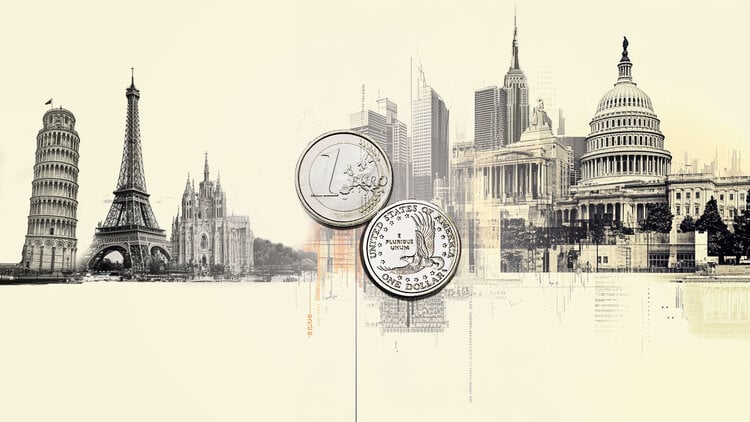- EUR/USD snaps a four-day winning streak, trading modestly lower during American trading hours.
- ECB leaves key interest rates unchanged; Deposit Facility stays at 2.00% and Main Refinancing Rate at 2.15%.
- Lagarde flagged the Euro’s strength as a headwind to Eurozone export competitiveness.
The Euro (EUR) is holding steady against the US Dollar (USD) on Thursday after the European Central Bank (ECB) left interest rates unchanged, as widely expected. The ECB held its Deposit Rate Facility at 2.00% and the Main Refinancing Operations Rate at 2.15%, while maintaining a cautious, data-dependent tone amid persistent euro strength and growing trade uncertainty with the United States (US). Although the rate decision was fully priced in by markets, the euro came under mild pressure as the European Union scrambles to finalize a trade agreement with Washington ahead of the August 1 deadline.
At the time of writing, the EUR/USD pair is ticking modestly lower, snapping a four-day winning streak and hovering around 1.1763 during the American trading hours. The pair’s pullback reflects a mix of cautious sentiment following the ECB’s policy pause and a steady US Dollar.
In its official Monetary Policy Statement, the ECB noted that inflation has returned to its 2% medium-term target, and recent economic indicators suggest modest resilience across the eurozone. However, policymakers flagged rising external risks, most notably, escalating trade tensions with the US and the potential impact of a stronger Euro on export competitiveness. The central bank emphasized a meeting-by-meeting, data-dependent approach, offering no explicit forward guidance on the timing or scale of future policy moves.
During her press conference in Frankfurt, ECB President Christine Lagarde reiterated that risks to the Eurozone economy remain “tilted to the downside,” citing higher actual and expected US tariffs, as well as ongoing geopolitical uncertainty, as key factors undermining business investment and growth. On trade tensions, Lagarde emphasized that a swift resolution could “lift sentiment and spur activity,” but without a clear resolution, the ECB will remain cautious.
The US Dollar Index (DXY), which tracks the value of the Greenback against a basket of major currencies, is trading around 97.40 on Thursday, as investors await key US economic data releases, including the flash Purchasing Managers Index (PMI) and Initial Jobless Claims. The upcoming figures could offer fresh insights into the health of the US economy and shape expectations around the Federal Reserve’s next policy move.
ECB FAQs
The European Central Bank (ECB) in Frankfurt, Germany, is the reserve bank for the Eurozone. The ECB sets interest rates and manages monetary policy for the region.
The ECB primary mandate is to maintain price stability, which means keeping inflation at around 2%. Its primary tool for achieving this is by raising or lowering interest rates. Relatively high interest rates will usually result in a stronger Euro and vice versa.
The ECB Governing Council makes monetary policy decisions at meetings held eight times a year. Decisions are made by heads of the Eurozone national banks and six permanent members, including the President of the ECB, Christine Lagarde.
In extreme situations, the European Central Bank can enact a policy tool called Quantitative Easing. QE is the process by which the ECB prints Euros and uses them to buy assets – usually government or corporate bonds – from banks and other financial institutions. QE usually results in a weaker Euro.
QE is a last resort when simply lowering interest rates is unlikely to achieve the objective of price stability. The ECB used it during the Great Financial Crisis in 2009-11, in 2015 when inflation remained stubbornly low, as well as during the covid pandemic.
Quantitative tightening (QT) is the reverse of QE. It is undertaken after QE when an economic recovery is underway and inflation starts rising. Whilst in QE the European Central Bank (ECB) purchases government and corporate bonds from financial institutions to provide them with liquidity, in QT the ECB stops buying more bonds, and stops reinvesting the principal maturing on the bonds it already holds. It is usually positive (or bullish) for the Euro.

